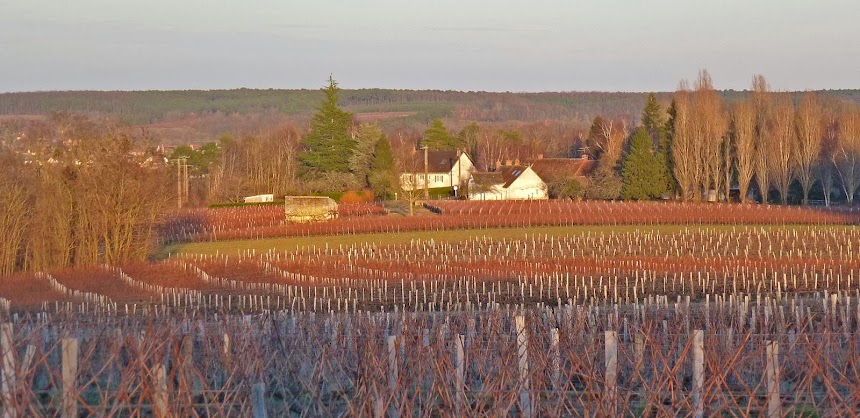Yesterday I did something very strange in the kitchen. I boiled — simmered, really, or poached — a boneless piece of leg of lamb. Yes, instead of roasting the lamb in the oven, I put it in a pot of boiling broth and let it cook for 40 minutes. It's not the same thing as boiled meat, though.
In France, this kind of cooking is called « à l'anglaise » — English-style. You can cook potatoes or green beans à l'anglaise, for example — boiled in a larg quantity of liquid. Since I consider myself to be English, at least ethnically, I figured it would be an appropriate way for me to cook a roast of lamb. In France, there's a similar method of cooking beef in simmering liquid that's called « bœuf à la ficelle » — "beef on a string." So why not make « agneau à la ficelle »?
A boneless, tied lamb roast from the leg
I didn't use a whole leg of lamb, but the shank end of a leg (or gigot) that had been deboned and tied up as a roast. I read in cookbooks and on the Internet that a gigot à l'anglaise should simmer for 12 to 18 minutes per pound in broth or water. The piece of lamb I had weighed two pounds, so I figured about 30 minutes of simmering would do the job. It turned out that 40 minutes was better.
The poaching liquid was a light beef and vegetable broth in which I had cooked turnips, rutabagas, carrots, and onions.
You want the meat to be between rare (saignant) and medium (rosé), not well-done, when you slice it. That's the same with "beef on a string" or, in this case, "lamb on a string." Why is it called that? Because in theory you tie a loop of string around the meat and tie the other end to the pot handle such that the meat is suspended in the simmering liquid and never touches the burning hot bottom of the pot.
It looked like... well... boiled meat. No surprise there.
You can accomplish the same thing by putting a wire rack in of the pot that will keep the meat a centimeter or two from the bottom. That's what I did. Would I make gigot à l'anglaise again? Maybe. It was good, but certainly no better than an oven-roasted lamb roast. We ate the lamb, which was done rosé or medium, with some ratatouille (zucchini, eggplant, tomato) and steamed rice.
But it was good to eat, cooked just to medium or rosé, with the ratatouille liquid as a kind of sauce.
I'm sure this method of cooking a beef or lamb roast originated in the days before people had gas or electric ovens in their kitchen. People in France like to tell about their ancestors taking a roast or a casserole to the baker's shop in the afternoon, when the bread was all cooked, and having their dish cooked in the baker's oven, which stayed hot for hours. In villages, there was often a communal oven (called un four banal) where village residents could take their roasts, casseroles, or pies and cook them. I know all this existed, but I wonder how many people actually did their baking or roasting away from home like that.



















































